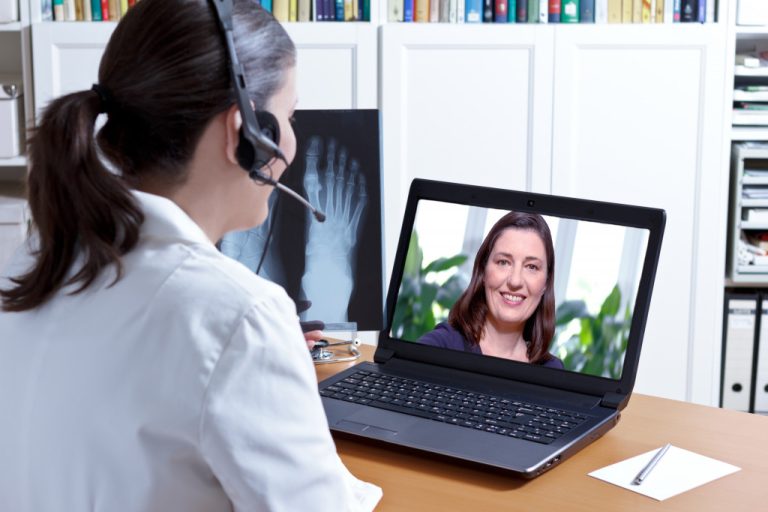Innovation is an essential part of the healthcare industry. The use of technology to treat patients is constantly growing, and new types of treatments are becoming available every day. We cannot deny that these innovations have been the catalyst for significant progress in healthcare treatment.
Traditional treatment methods like surgery and medication are still often the best option, but they are no longer enough to address all the medical needs of patients. Healthcare professionals need to be constantly aware of and up-to-date with the latest technologies and treatments available to provide their patients with more personalized treatment options.
In recent years, some interesting trends have emerged in this field, including the use of innovative technologies to improve the quality of care, new business models for delivering services, and an increased focus on patient-centered care.
This article will explore some of the latest trends in the healthcare industry and discuss their impact on treatment methods and patient care.
Personalized care
Personalized care is one of the latest trends in healthcare. This type of care is designed to meet each patient’s specific needs. It considers each patient’s unique circumstances and medical history and provides tailored treatment for them.
This type of care is made possible by the use of information technology. By collecting and analyzing data from electronic health records, healthcare professionals can identify patterns and trends that can help them provide more personalized care.
The use of innovative technologies to improve the quality of care
Healthcare professionals today rely heavily on technology to provide personalized treatment for their patients. This includes using data analytics software, electronic health records, and telehealth platforms better to understand each patient’s unique needs and circumstances.

For instance, dentists nowadays use the near-infrared (NIR) light method for teeth whitening procedures. This method eliminates the need to use chemicals instead of an infrared laser that penetrates the dentin layer of teeth and breaks down stains. This is a much more effective way to whiten teeth, as it can be easily controlled to achieve the desired results without any damage to the patient’s gums or other mouth tissues.
Artificial intelligence
Healthcare professionals are now using advanced machine learning algorithms to analyze large amounts of data and identify patterns that can be used to predict disease progression or the effectiveness of different treatment options.
In addition, AI-powered chatbots are being used to provide patients with information about their health and help them book appointments or refill prescriptions. These chatbots can also be used to provide 24/7 customer support for patients who have questions about their health or need assistance with booking appointments.
Robotic surgery
Today, many surgical procedures are performed using robotic technology, which allows surgeons to operate with greater precision and accuracy. This type of surgery is less invasive, and patients often experience shorter recovery times.
3D printing
Three-dimensional printing technology is being used in the healthcare industry to create custom implants and prosthetics for patients. This type of technology can also be used to create models of organs, which can be used for surgical planning or training purposes.
Telehealth
The use of telecommunication technologies to provide healthcare services from a distance is known as telehealth. This type of care is particularly beneficial for patients who live in rural areas or have difficulty accessing traditional healthcare services.
Patients can consult with their healthcare providers using video conferencing, phone calls, or even text messages with telehealth. This allows them to receive the care they need without traveling long distances or taking time off from work.
Patient-centered care
An increasing number of healthcare organizations are adopting a patient-centered care model. This type of care focuses on the patient’s needs and preferences rather than on the procedures or treatments that the healthcare provider thinks are best.
Patient-centered care is made possible by using technology, which allows healthcare providers to collect data about their patients and tailor treatment plans accordingly. It also enables patients to be more involved in the decision-making process and communicate directly with their healthcare providers.
Final thoughts
Overall, the latest trends in the healthcare industry are helping to improve the quality of care for patients and create more personalized treatment plans that take into account each patient’s unique needs and circumstances. While traditional treatment methods such as medication ion are still often the best option for many patients, the use of new technologies provides healthcare professionals with more options to choose from when it comes to treatment.
In addition, telehealth is making it possible for patients to receive the care they need without having to travel long distances or take time off from work.

